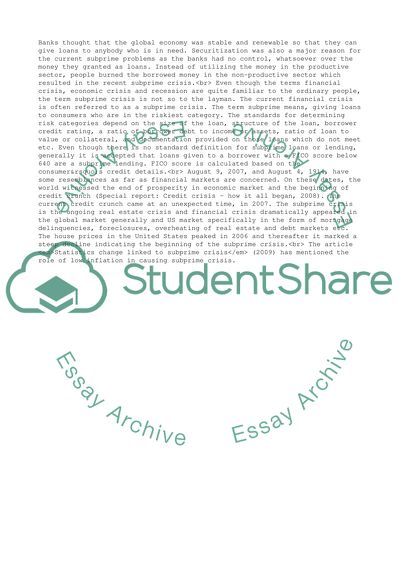Cite this document
(“Sub-Prime Crisis and its Major Causes and Consequences Book Report/Review - 1”, n.d.)
Retrieved from https://studentshare.org/business/1571025-business-report
Retrieved from https://studentshare.org/business/1571025-business-report
(Sub-Prime Crisis and Its Major Causes and Consequences Book Report/Review - 1)
https://studentshare.org/business/1571025-business-report.
https://studentshare.org/business/1571025-business-report.
“Sub-Prime Crisis and Its Major Causes and Consequences Book Report/Review - 1”, n.d. https://studentshare.org/business/1571025-business-report.


